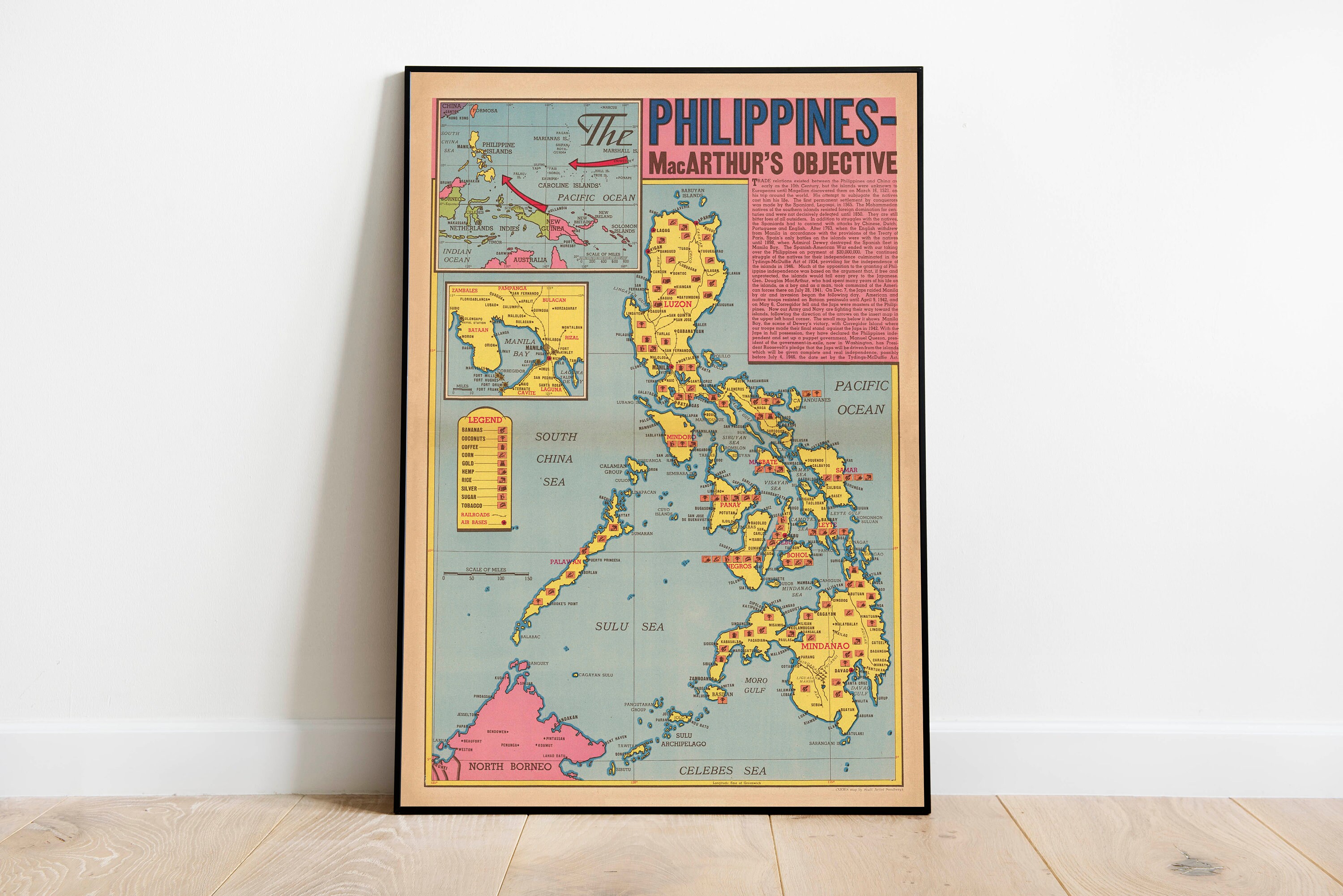

B, bacterium P, parasite T, toxin V, virus. After the war, with no lasting peace established, as well as false and alarming intelligence reports, various European countries instigated their own biological warfare programmes, long before the onset of the Second World War ( Geissler & Moon, 1999).ġDoes not include time and place of production, but only indicates where agents were applied and probably resulted in casualties, in war, in research or as a terror agent. The German army was the first to use weapons of mass destruction, both biological and chemical, during the First World War, although their attacks with biological weapons were on a rather small scale and were not particularly successful: covert operations using both anthrax and glanders ( Table 2) attempted to infect animals directly or to contaminate animal feed in several of their enemy countries ( Wheelis, 1999).

However, although these, as well as later treaties, were all made in good faith, they contained no means of control, and so failed to prevent interested parties from developing and using biological weapons. These dangers were soon recognized, and resulted in two international declarations-in 1874 in Brussels and in 1899 in The Hague-that prohibited the use of poisoned weapons. However, the foundation of microbiology by Louis Pasteur and Robert Koch offered new prospects for those interested in biological weapons because it allowed agents to be chosen and designed on a rational basis. Man has used poisons for assassination purposes ever since the dawn of civilization, not only against individual enemies but also occasionally against armies ( Table 1). During the, the Japanese army poisoned more than 1,000 water wells in Chinese villages to study cholera and typhus outbreaks


 0 kommentar(er)
0 kommentar(er)
